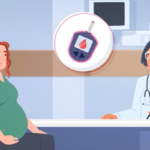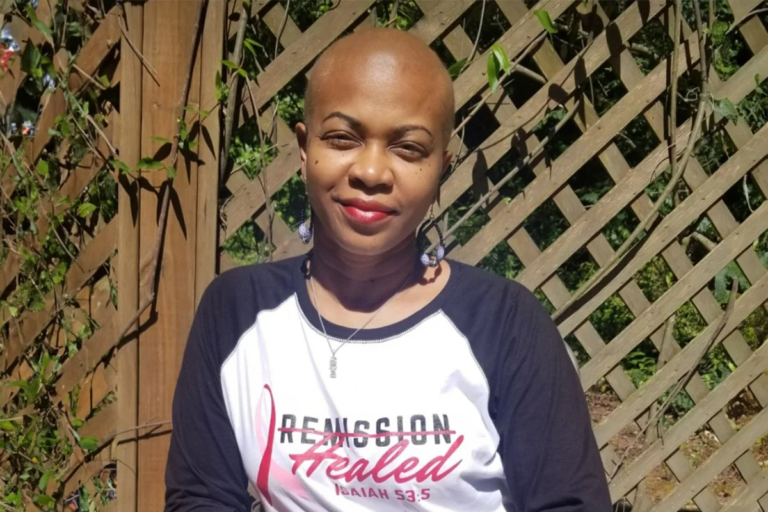This resource was created with support from Merck
Video transcript
What is endometrial (uterine) cancer?
Endometrial cancer is also known as uterine cancer. It’s actually a type of cancer that develops in the lining of the uterus that’s also called the endometrium. It is actually the most common type of gynecological cancers, and it most commonly occurs in post-menopausal women, although it can occur in individuals that are younger.
How is endometrial cancer diagnosed?
Endometrial cancer is often detected in very early stages, through specific testing. It can be done by a pelvic exam performed by a healthcare provider (HCP), imaging, such as a transvaginal ultrasound; an endometrial biopsy; as well as more advanced imaging known as the CT scan or MRI.
Is endometrial cancer hereditary/genetic?
The exact cause of endometrial cancer is truly unknown. However, there are certain risk factors that may increase an individual’s chance of developing an actual disease. Some of those risk factors may be obesity, a hormone imbalance, use of hormonal therapy, a history of diabetes, as well as history of a disease process or a disorder called polycystic ovarian syndrome. In terms of family history, if the individual has a family history of endometrial cancer along with colorectal cancer and a genetic disorder called Lynch syndrome, they may be at increased risk of developing endometrial cancer.
What are some signs or symptoms of endometrial cancer? At what age are women most at risk?
Some common symptoms of endometrial cancer include abnormal vaginal bleeding, especially after menopause; unusual vaginal discharge; pelvic pain or discomfort; or even pain with intercourse. The symptoms can vary from person to person. However, we know that most commonly, endometrial cancer occurs between the ages of 60 and 70, and there are some cases that occur before the age of 40. So it’s extremely important to see your healthcare provider on a regular basis. Typically, that’s yearly, and if you notice any of these signs and symptoms occurring, please be sure to see them soon.
How can women lower their risk?
There are several ways that women can lower their risk for the development of endometrial cancer. That includes maintaining a healthy weight; using oral contraceptives; having multiple pregnancies, if desired; using hormonal replacement therapy, if an appropriate candidate for use; regularly exercising, which can include any physical activity like walking, jogging or whatever gets the body moving; eating and maintaining a healthy balance, and maybe a high intake of fruits, vegetables, whole grain or lean meats. It’s always important to know that it takes multiple factors to reduce your risk of endometrial cancer.
And there’s not a one size fits all, and prevention is not always guaranteed. It’s always important to make sure you regularly have your checkup visit with your healthcare providers, and remember, if you ever experience signs and symptoms, early detection and appropriate management is key.
Are there any health disparities associated with endometrial cancer?
So unfortunately there are health disparities with endometrial cancer. Based on the data and the science, we know that Black women are often diagnosed at more advanced stages when compared to white women. This may be due to various factors, including systemic racism, lower access to healthcare, lower rates of screening and a delay in seeking medical care due to implicit bias, as well as discrimination. Also, in regards to management, Black women may receive different treatment modalities when compared to white women. Some studies have shown that Black women are less likely to undergo surgeries for their primary treatment for endometrial cancer and are more likely to receive radiation therapy or chemotherapy. This may be due to factors such as differences in tumor characteristics, access to healthcare, as well as biases among healthcare providers. The most important thing is to address these inequities and disparities and ensure we increase awareness and education access to healthcare and improve communication between healthcare providers, as well as their patients. It’s paramount that we ensure equitable diagnosis and management of endometrial cancer for all women, regardless of their race and ethnicity.















